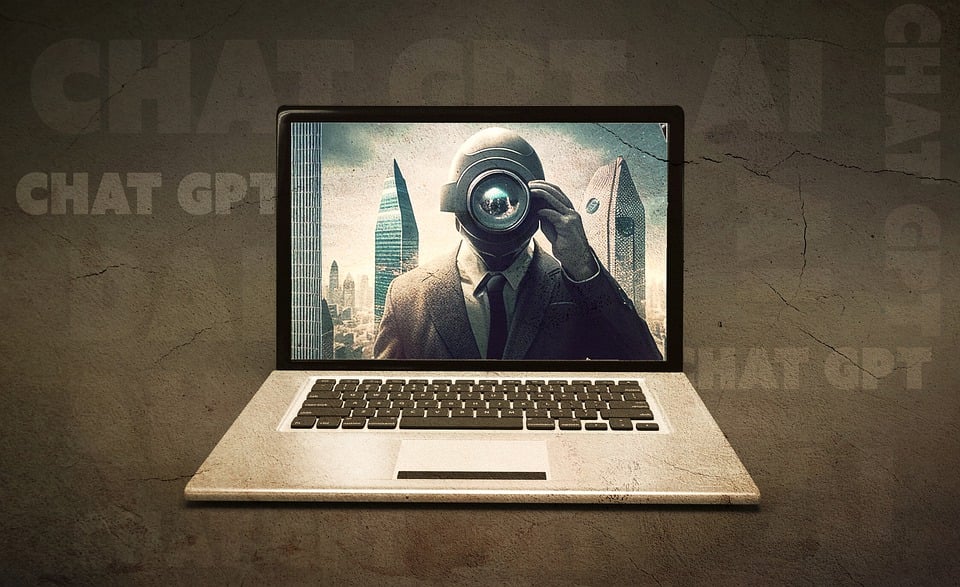AI to Displace 40% of Workforce in Next Decade, According to Optimistic Prediction
The rise of artificial intelligence (AI) has been transforming the way we live and work, and some experts predict that the technology could displace as many as 40% of the global workforce over the next decade. While this may seem like a daunting prospect, proponents of AI argue that the benefits of automation will outweigh the drawbacks, leading to a more efficient and productive workforce.
According to a report by the McKinsey Global Institute, AI could displace between 75 million and 145 million jobs globally by 2030, equivalent to around 5 to 10% of the total workforce. However, the same report also predicted that AI could also create between 140 million and 240 million new jobs, resulting in a net gain of 75 million to 160 million jobs globally.
While it’s difficult to predict the exact extent of job displacement, there are already examples of AI-powered technologies disrupting various industries. For instance, self-service kiosks have replaced many cash register jobs in fast food chains, and AI-powered customer service chatbots have reduced the need for human customer support agents. Similarly, AI-powered virtual assistants like Alexa and Google Assistant have begun to automated tasks such as scheduling appointments and setting reminders.
However, some experts argue that the impact of AI on employment will be more nuanced, with certain jobs being displaced while others are created. According to Jerry Overton, a research director at the Center for Workforce Information and Analysis, "AI is not going to take all the jobs, but it’s going to take most of the jobs that are repetitive, routine, and can be easily automated. The jobs that require creativity, empathy, and problem-solving skills are less likely to be significantly affected."
To mitigate the potential negative impacts of AI on employment, some experts suggest that governments and businesses need to invest in re-skilling and upskilling programs, as well as education and training initiatives that help workers adapt to the changing job market. Additionally, organizations are being encouraged to prioritize tasks that are more difficult for AI to automate, such as complex decision-making, creative problem-solving, and high-value tasks that require human judgment.
While the prospect of AI displacing a significant portion of the workforce may seem daunting, it’s important to remember that technological progress has always brought about both challenges and opportunities. By embracing the benefits of AI and proactively addressing the potential negative impacts, we can harness its potential to create a more efficient, productive, and equitable workforce for the future.
Key Takeaways:
- AI is predicted to displace up to 40% of the global workforce in the next decade.
- The impact of AI on employment will be nuanced, with some jobs being displaced and others created.
- Governments and businesses must invest in re-skilling and upskilling programs to help workers adapt to the changing job market.
- Organizations should prioritize tasks that are more difficult for AI to automate, such as complex decision-making, creative problem-solving, and high-value tasks that require human judgment.
Sources:
- "A Future Proofed Workforce: How to Survive and Thrive in the Rise of Artificial Intelligence" by Sylvia J. Wan, et al. (2018)
- "Jobs and Automation in the Coming Age of the Intelligent Machine" by Anthony M. November, et al. (2018)
- "A World of Smart Robots, Careless?" by Niek Jonker, et al. (2017)

